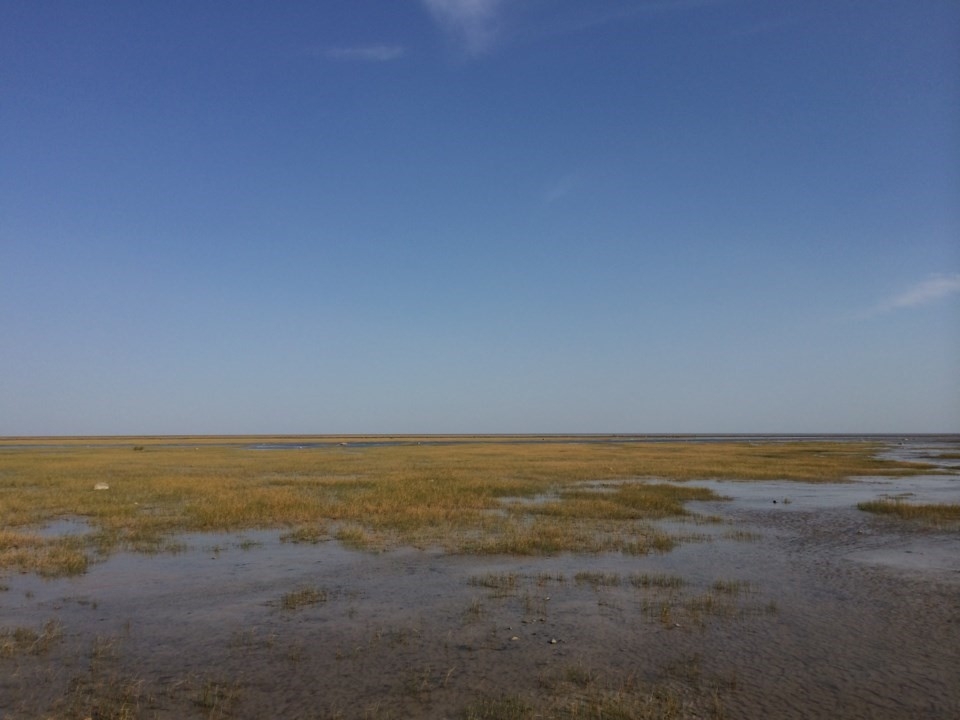Planning practices
Content related to: Planning practices
Mulching During Boreal Resource Development Alters Near-Surface Hydrophysical Properties and Triggers Episodic Methane Emissions in Peatland Soils
Mapping Trails and Tracks in the Boreal Forest Using LiDAR and Convolutional Neural Networks
Smoldering Peat Fire Detection by Time-Resolved Measurements of Transient CO2 and CH4 Emissions Using a Novel Dual-gas Optical Sensor
Webinar - Discover the Wetland Centre
Webinar - Climate Change vs. Current Weather Trends and Does it Matter for Wetland-Associated Species
Wetland Knowledge Exchange March 2024 Newsletter
Wetland Knowledge Exchange September 2022 Newsletter
New Study Reveals Massive Carbon Stores in Hudson and James Bay Peatlands

As debate around the Ring of Fire intensifies, new research is bringing fresh urgency to the conversation.
The Hudson and James Bay lowlands, home to some of the most expansive peatlands on the planet, contain an estimated 30 billion tonnes of carbon, enough to meaningfully shape global climate trajectories if released, according to the new study.
The five-year collaboration between WWF-Canada, Mushkegowuk Council’s Department of Lands and Resources, and McMaster University’s Remote Sensing Lab was published in Geophysical Research Letters.
It maps peat depth and calculates carbon storage across a vast region of muskeg, wetland, and subarctic forest.
James Snider, vice president of science, knowledge and innovation at WWF-Canada, said the findings reinforce the global importance of protecting the area.
“The headline message is, this is a globally significant area,” he told TimminsToday.
“The amount of carbon here is vast. From a conservation perspective, it only reaffirms the importance of special management and stewardship activities, knowing that this carbon is so important.”

